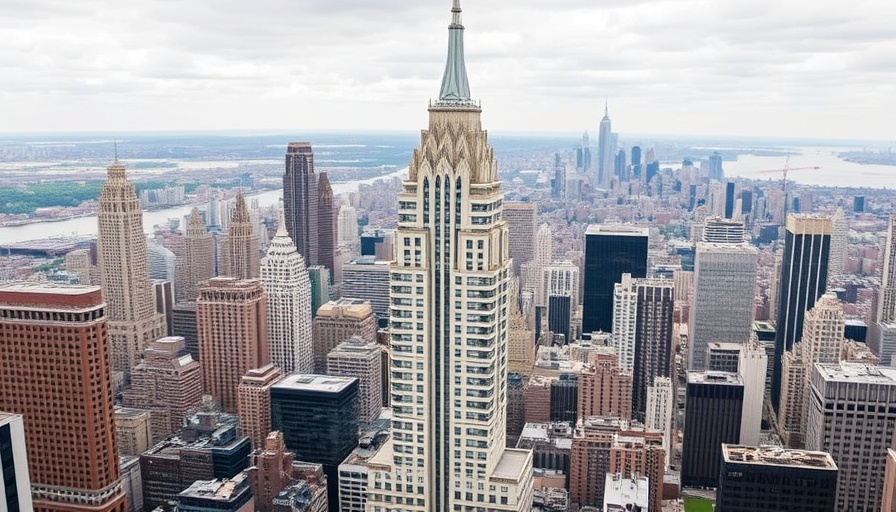
Why San Diego Needs a New Economic Focus for Residents
San Diego is a city blessed with picturesque landscapes, stunning weather, and a vibrant economy. Yet, despite these advantages, many San Diegans struggle to make ends meet. The juxtap of natural beauty and economic hardship raises a crucial question: Why is this city, celebrated in travel brochures, failing its own residents?
Prioritizing Residents Over Corporations
San Diego has historically found itself catering more to out-of-town investors and large corporations than to its hardworking residents. Wealth generated within the city often flows out to corporate executives and shareholders who don’t call San Diego home. As a result, local workers face a stark choice: essentials like rent, food, and childcare become ever more unaffordable. The wealth extracted from tourism, which welcomed over 32 million visitors last year, often does not serve San Diegans who actually support the economy.
Addressing the Budget Issue: Not a Lack of Funds, but a Lack of Fairness
The current situation is often mischaracterized as a budget issue. In essence, San Diego faces a fairness problem—a systemic imbalance that places demands on local families while letting corporations skate by with inadequate contributions. Mayor Gloria’s proposed budget cuts to essential services like libraries and parks highlight this inequality—a situation that calls for immediate attention and action.
Steps Toward A Fairer Economic Structure
Addressing these issues requires actionable solutions: 1. Raise wages for workers—implementing a $25/hour minimum wage for tourism workers will help ensure that those who contribute directly to the local economy can afford to thrive in San Diego.
2. Corporations must pay their fair share—entities that benefit from city infrastructure, especially the hospitality and entertainment sectors, should contribute financially, just as local businesses do. This strategy makes economic sense; fairness in taxation creates a more sustainable funding model for essential city services.
3. Charging non-residents—considering modest parking fees at beaches and parks can generate significant revenue. This added revenue can be reinvested into community services, ensuring that those who benefit from San Diego's public assets also contribute to their maintenance and improvement.
Economic Justice as a Path Forward
San Diego’s potential lies in its ability to transition from tourist-centric economies to resident-focused policies. Every worker who supports this economy deserves the dignity of a stable livelihood, and those who profit from our public resources need to share in the responsibility of funding city services. By adjusting our economic priorities, we can not only improve the lives of San Diegans but also create a more vibrant, equitable community.
A Call for Engagement
San Diegans must engage in local governance and advocate for policies that prioritize residents. Whether it's attending city council meetings, voting on local measures, or simply speaking up about their needs, it's crucial for the community to unify in demanding that San Diego works for its residents, not just for investors and corporations.
 Add Row
Add Row  Add
Add 




 Add Row
Add Row  Add
Add 

Write A Comment